Considering July is in the middle of summer, the weather has not fully reflected that. There have been several cool, dull and rainy days, especially at the start of the month. So we still had some muddy footpaths, even in July. Only a few odd days here and there were hot and sunny, and the insect branch of the cemetery wildlife has not been as abundant as expected.
Insects
Butterflies
I saw worryingly few butterflies this month, so I was very happy to see a Comma (pictured above) on one of those hot sunny days. I also saw Speckled Woods in several different places in the cemetery. This one was in the Quaker Burial Ground. This is the only species where I saw more than one at the same time – I counted four of them that day.
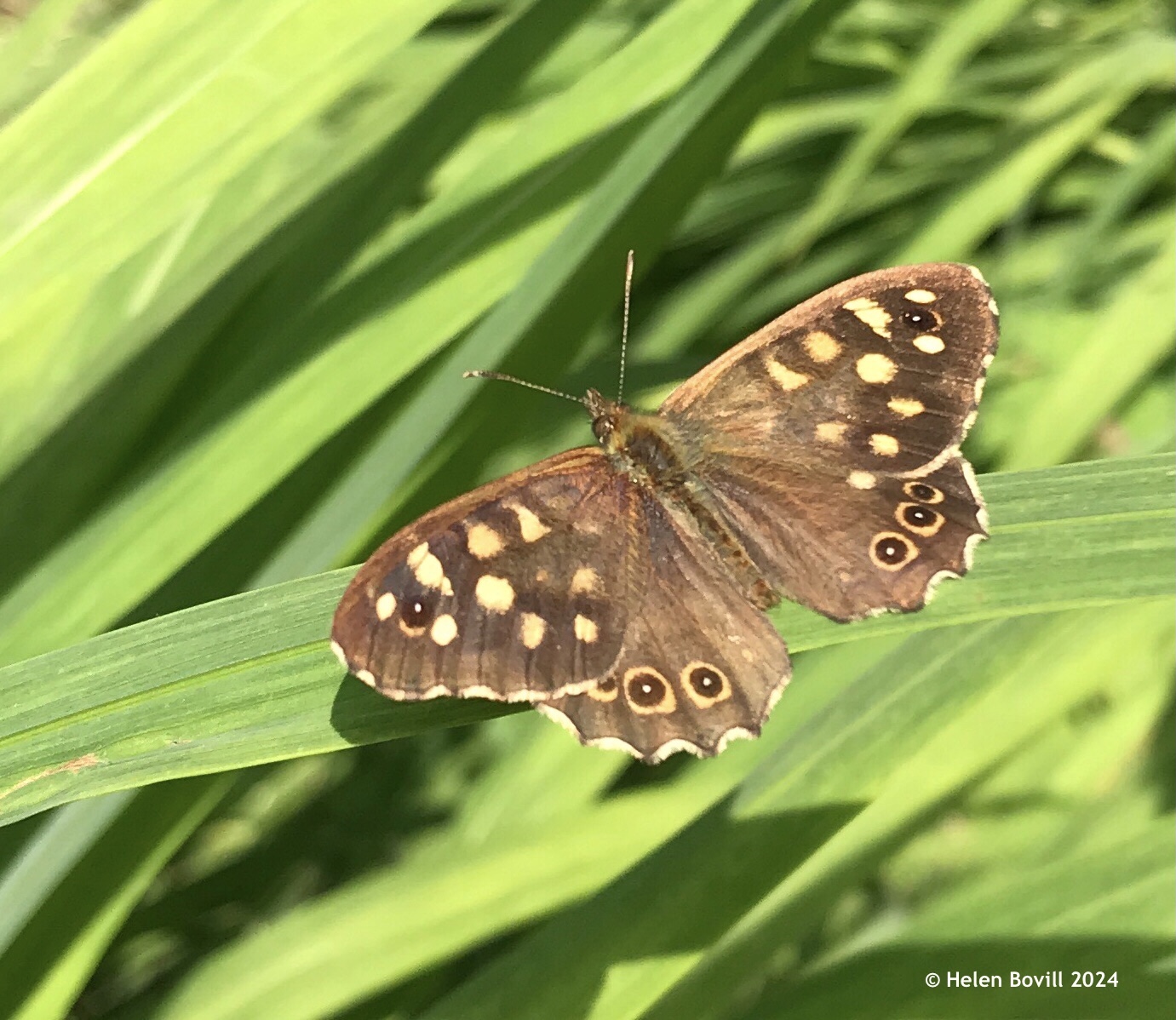
The only other butterflies I saw in July were Large White and Holly Blue. This makes a total of four different species, compared to the seven different species I saw in July 2023. Members of other butterfly watching forums around the country have reported a similar lack of butterflies in general, so it isn’t just the cemetery that’s affected.
Butterfly Conservation is currently carrying out its annual Big Butterfly Count. It ends on 4 August so if you’d like to take part, there’s a link at the end of this report.
Other Insects
I saw this hoverfly – a Globetail of some sort. This one is a female, as there’s a gap between the eyes at the top of the head. Only the male has the distinctive globular tail. I’d never noticed these before, but they are rather small and easy to miss.
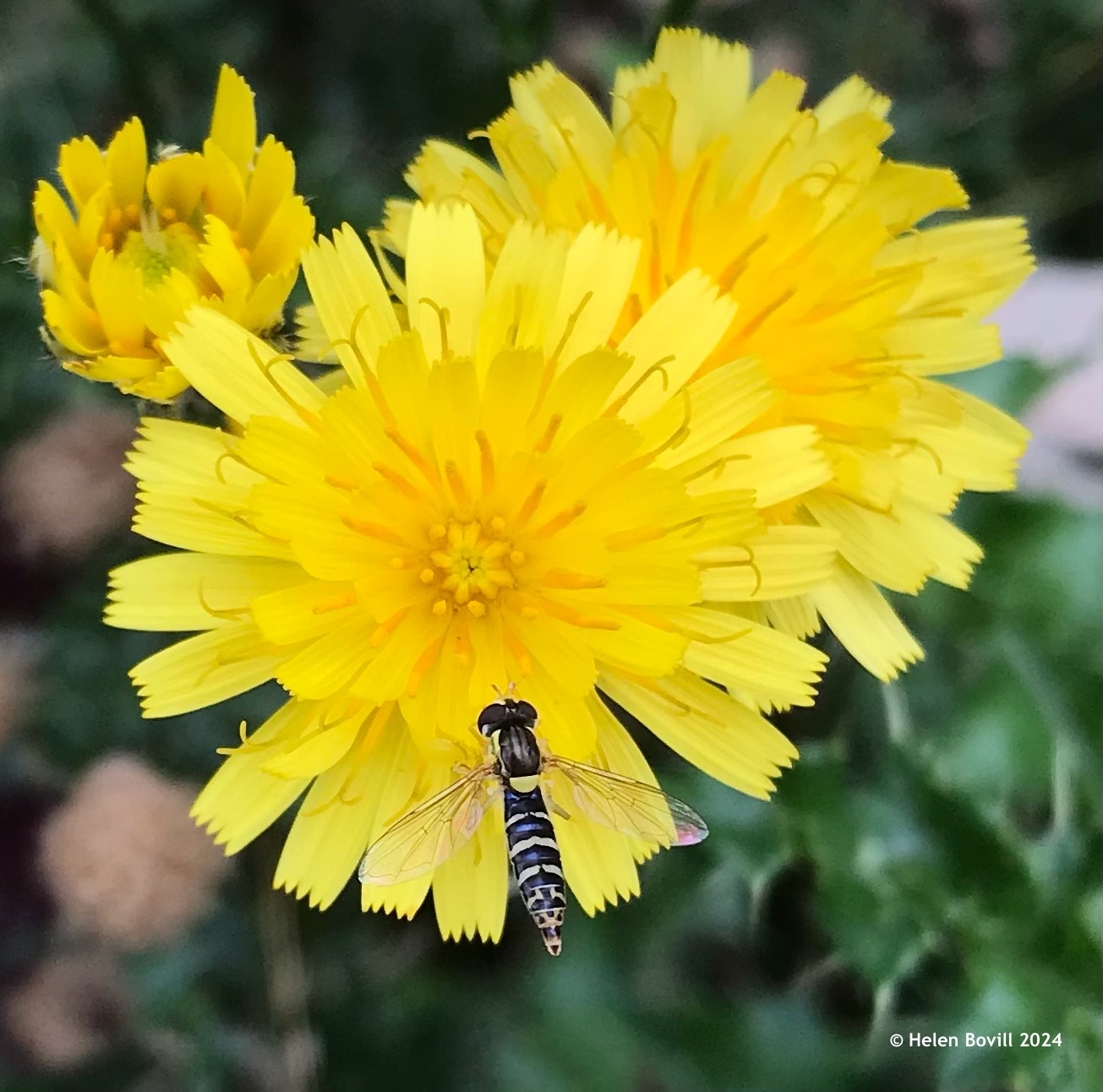
I actually saw more different species of hoverflies than butterflies this month.
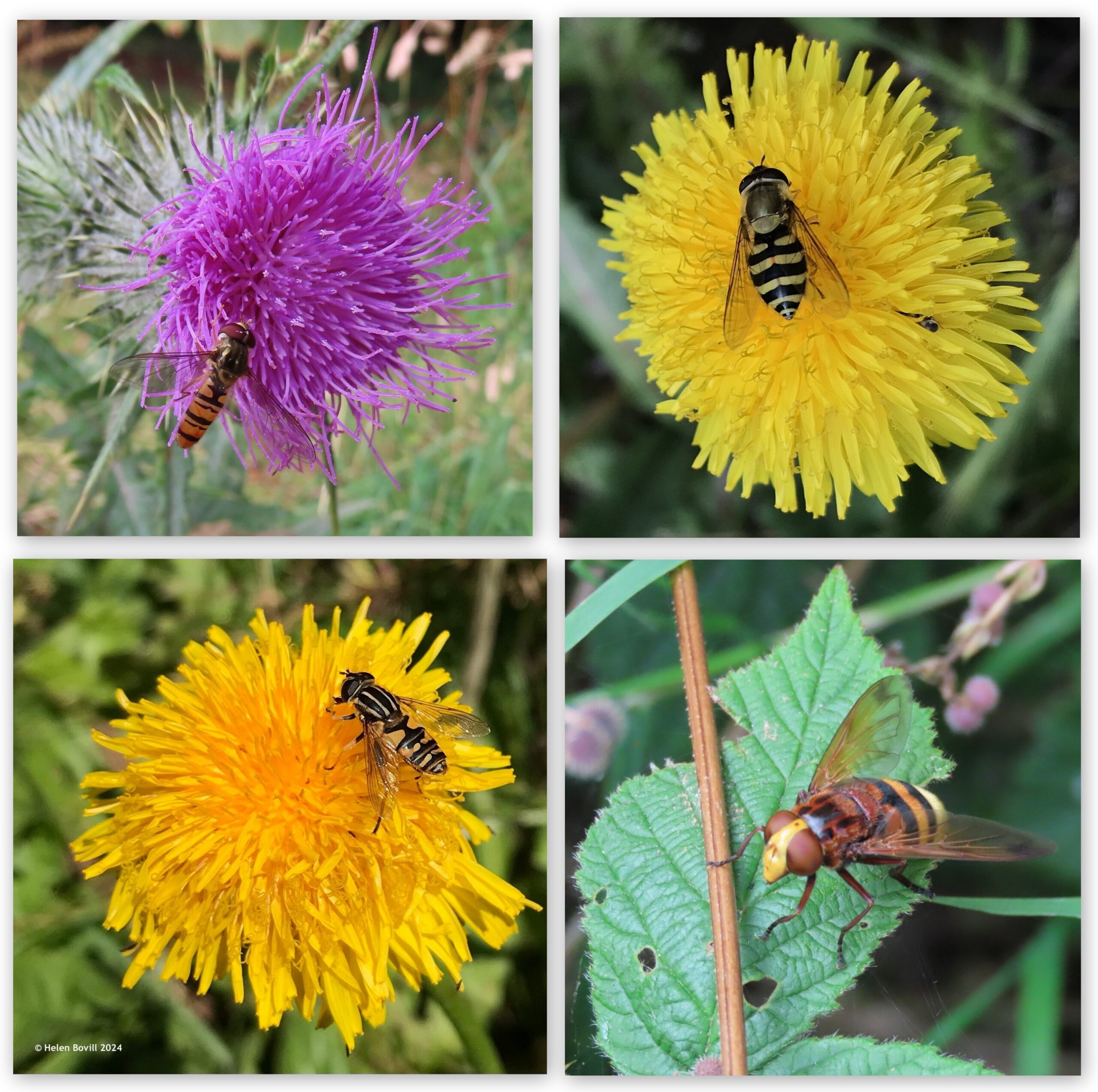
The Tansy is now in flower on the grass verge alongside the cemetery on Spring Bank West, and on it I saw this tiny bee. It could be a type of cellophane bee – they’re very difficult to identify.
I also saw a dragonfly in the cemetery one morning. It was quite distant and didn’t stop for me to identify it properly or get a photo. It looked quite large though.
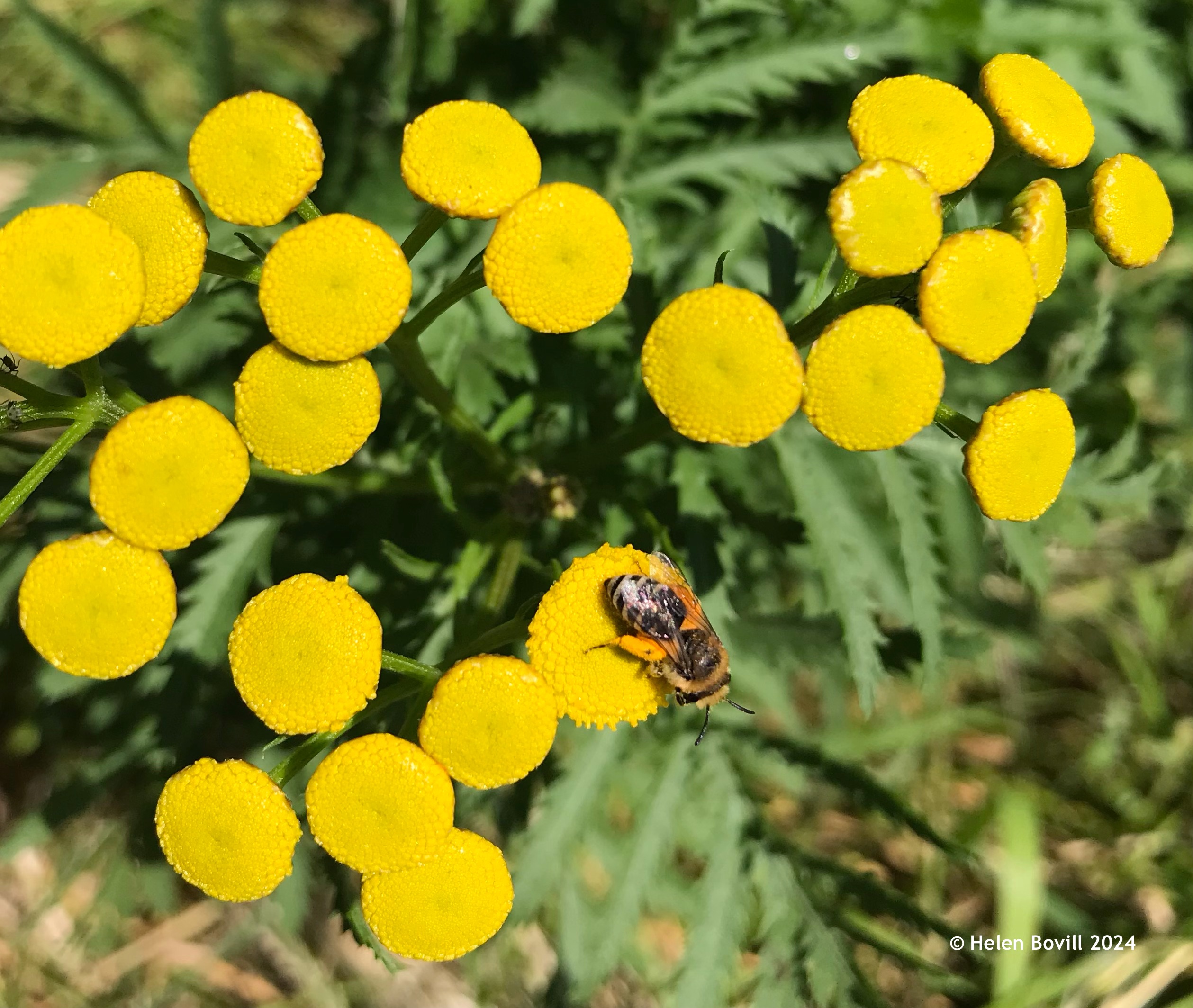
But generally I saw very few bees this month and very few ladybirds and other small insects.
Plants
Small
As is typical in Summer, a lot of the taller spring plants such as Hogweed and Cow Parsley have now died back. The cemetery can look rather tired in places, but this is quite normal. It has generated plenty of seeds for the cemetery wildlife to eat, so there is always a positive way of looking at this! The dried stems, left untouched on the ground, make excellent nest material too, forming the basis of many of the nests we check during our annual bird box survey.
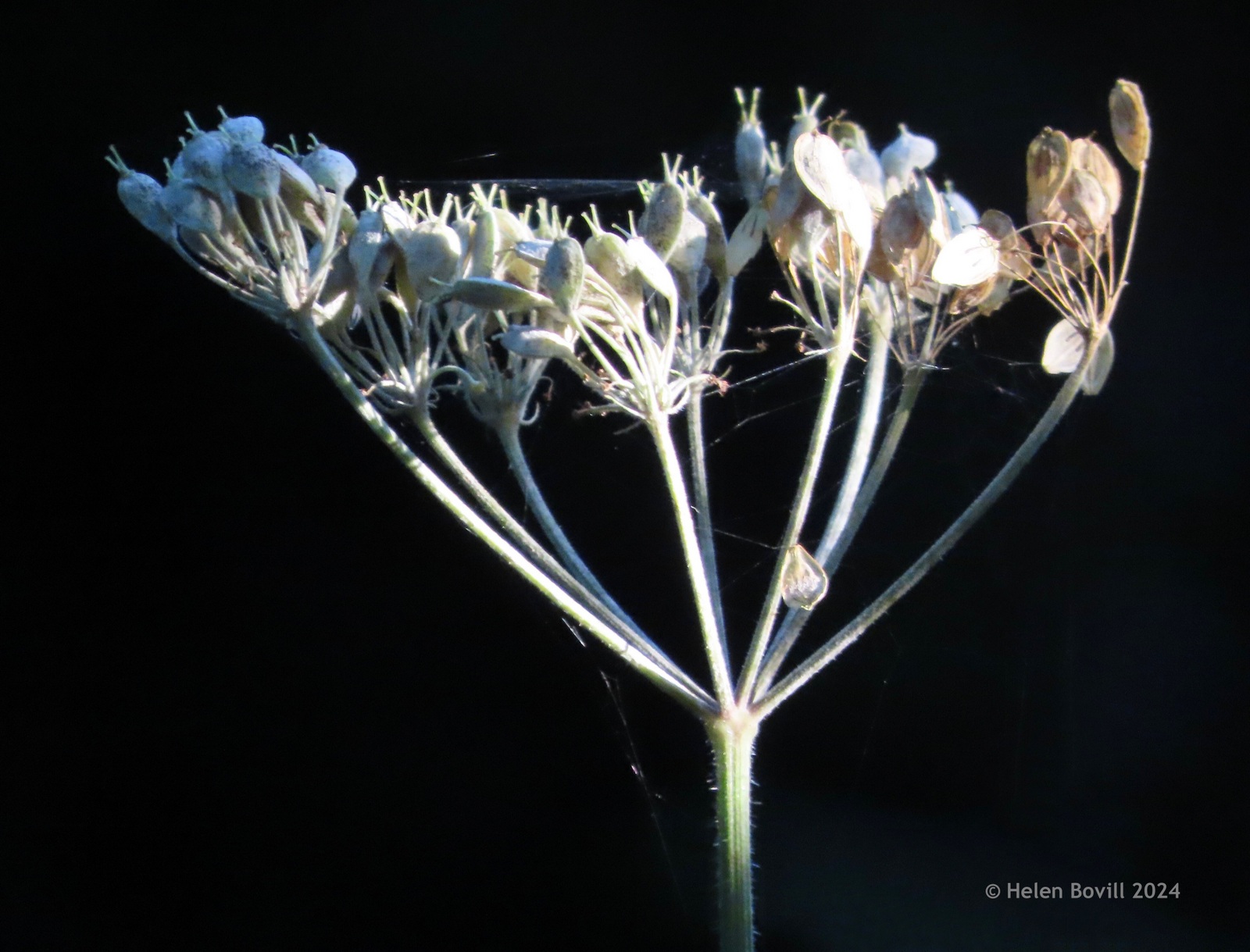
I noticed a few more Ragwort plants in flower on the verge alongside the cemetery. It’s a very good food source for the tiny branch of the cemetery wildlife – I found several Thick-legged flower beetles on this plant. The Wild Basil is also in flower on the verge.

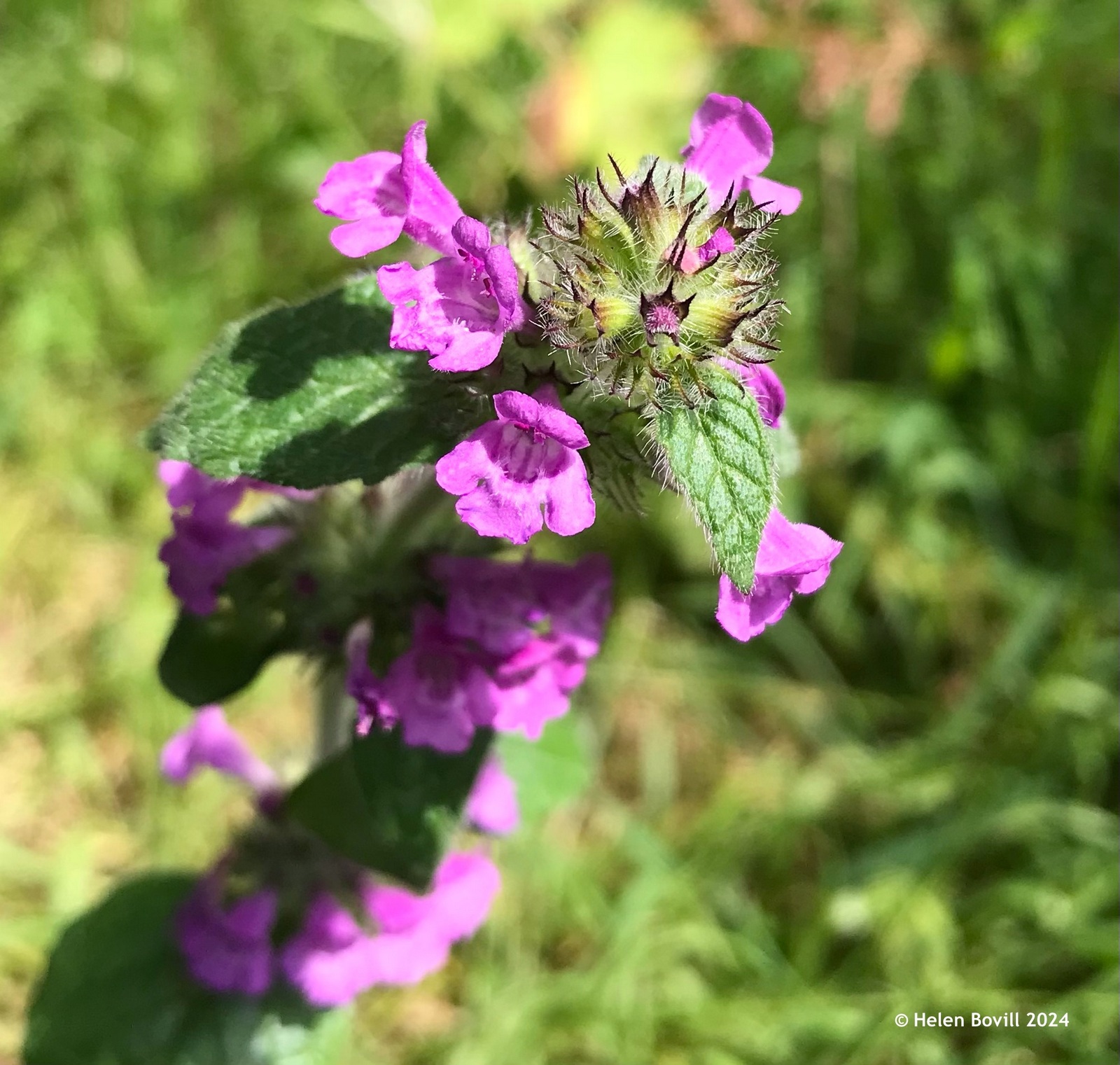
I’m always looking for plants I haven’t noticed before, and I found some Figwort at the eastern end of the cemetery.
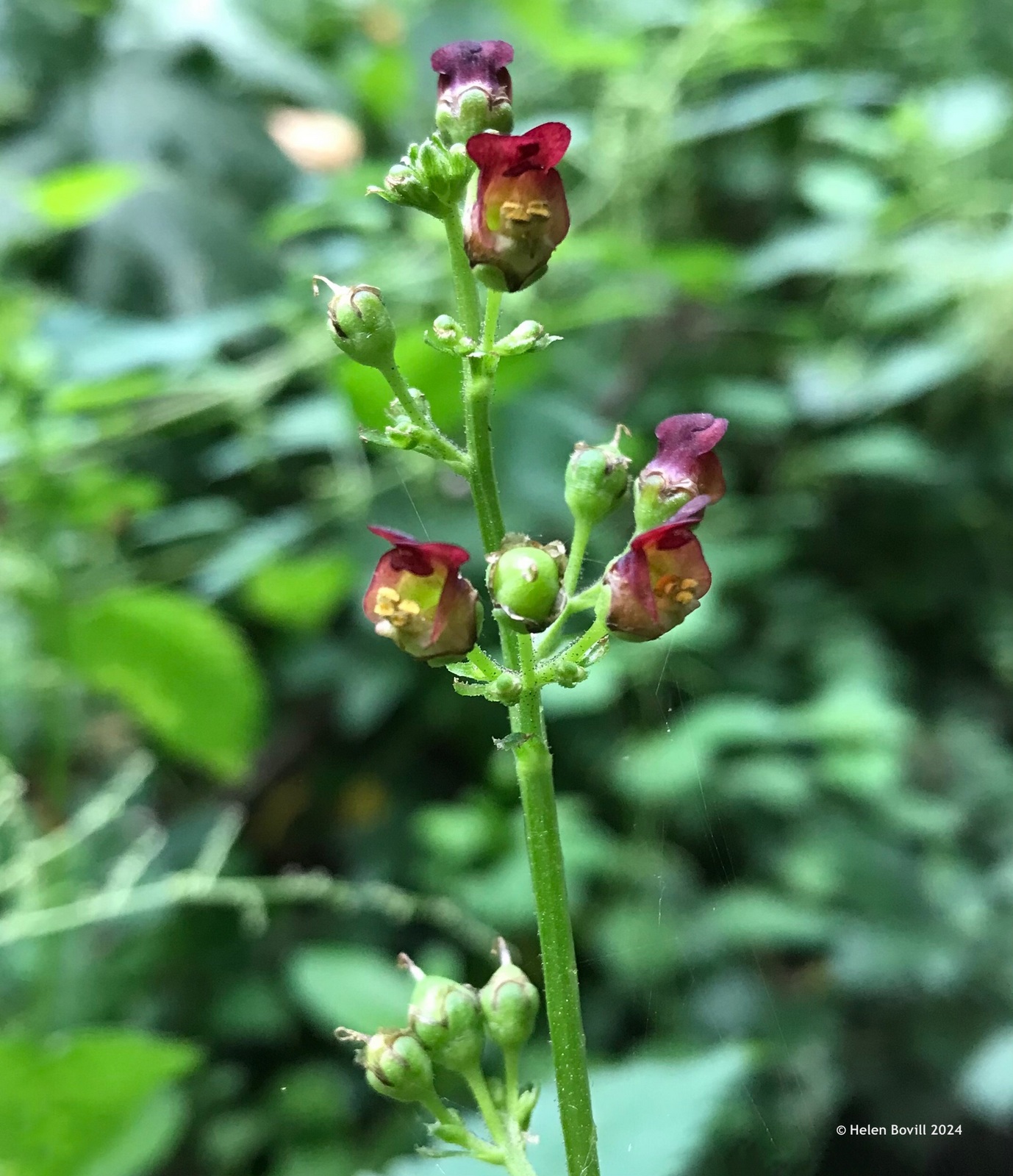
Growing nearby was Enchanter’s-Nightshade – I saw quite a lot of this throughout the cemetery. It’s a plant that grows well in shade.
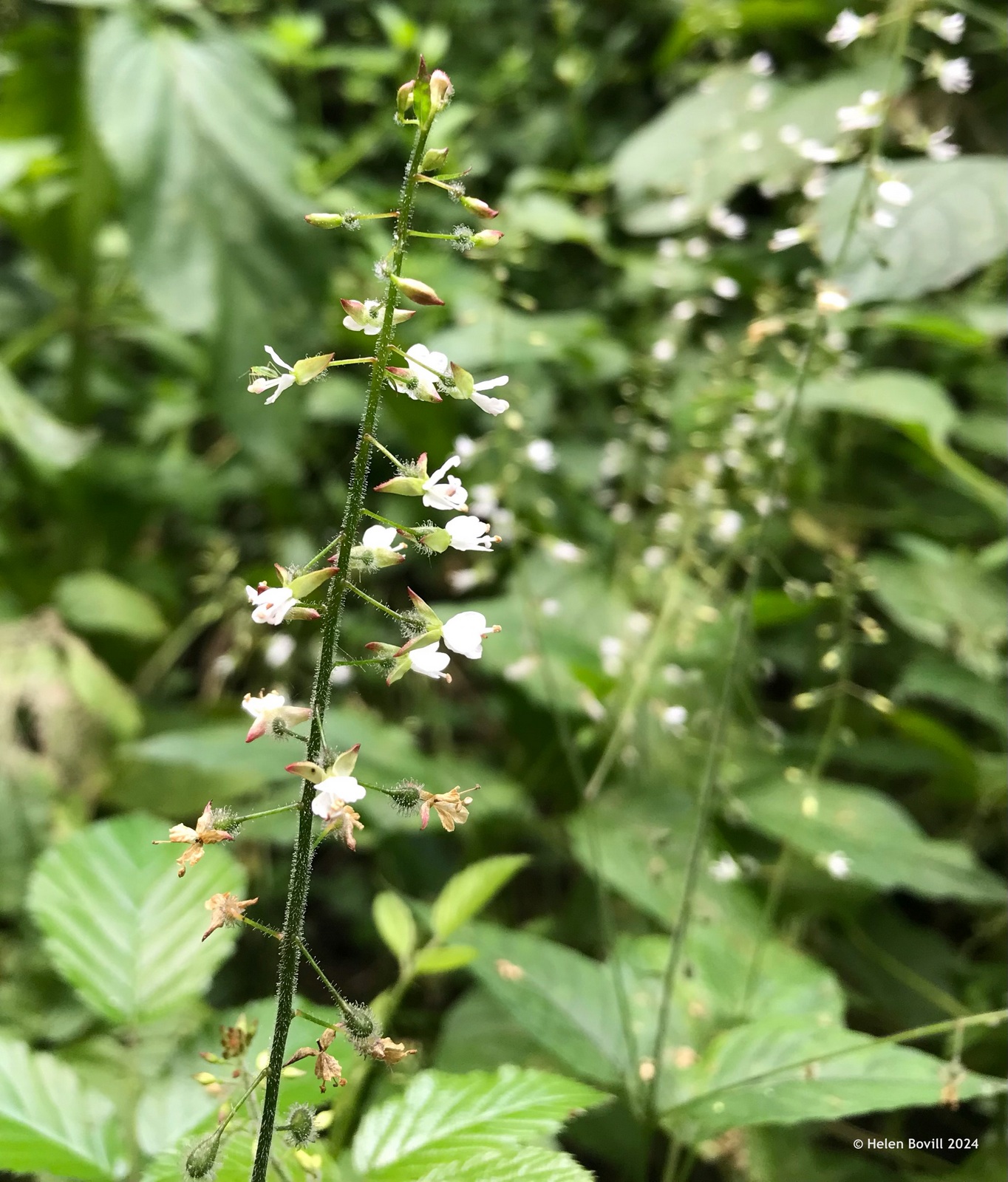
Willowherb is a very common species of wildflower and will grow just about anywhere. I found two species in the cemetery this month – Broad-leaved Willowherb and Great Willowherb.
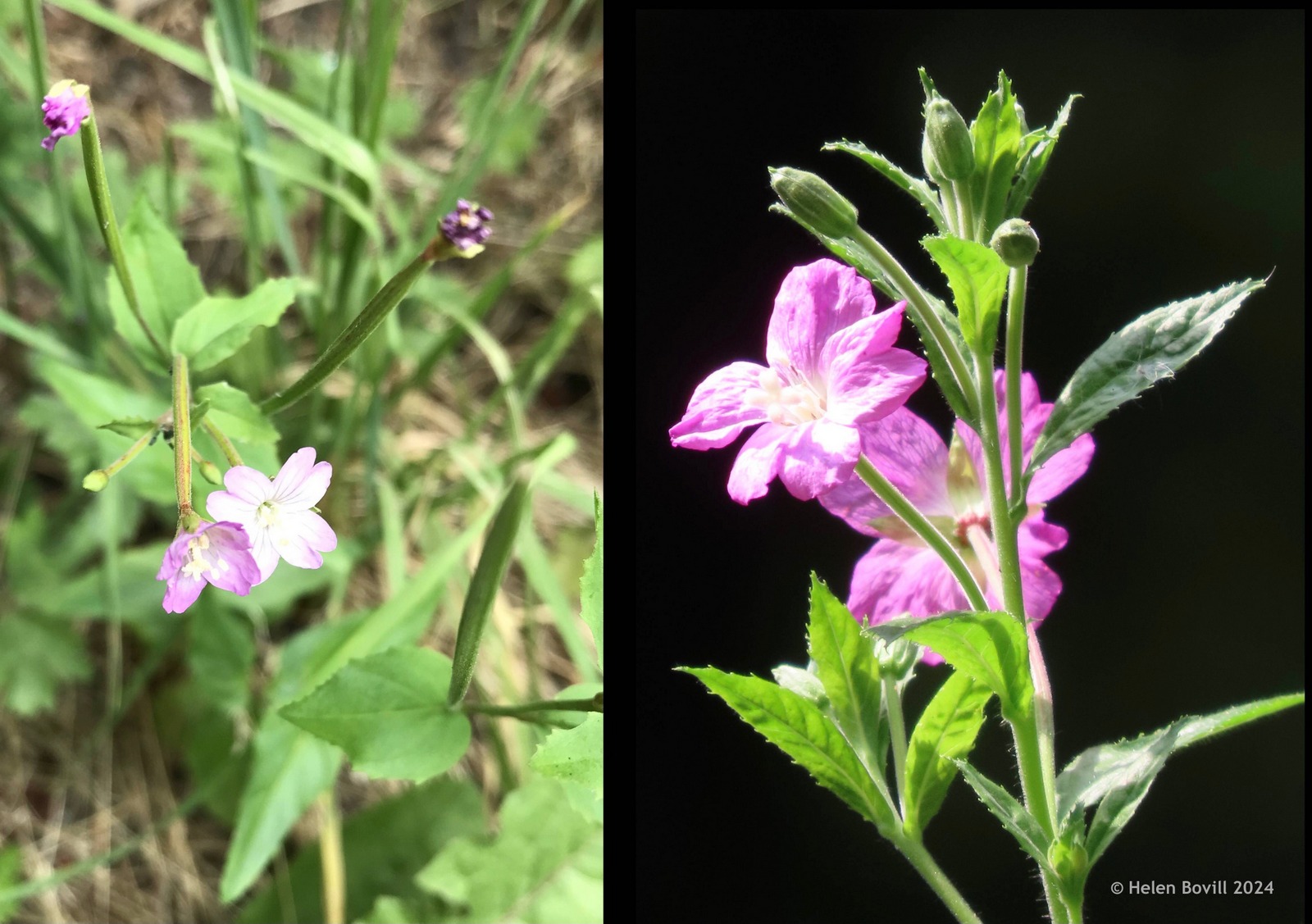
There’s a patch of Cuckoo-Pint in the cemetery, and I found most of the leaves had died back, leaving these unripe berries. They should turn orange or red eventually. This plant has many common names, such as Lords-and-Ladies.
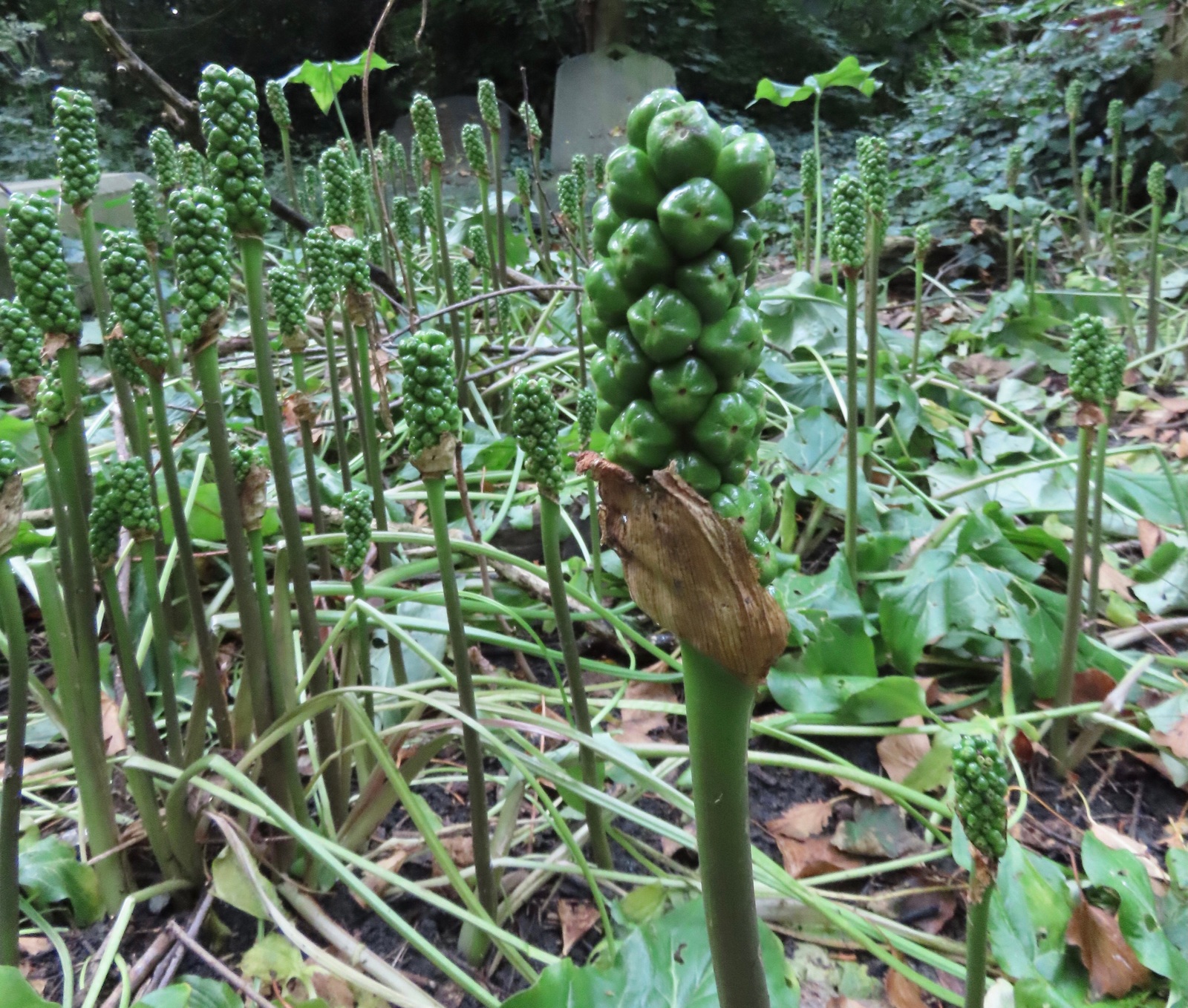
Trees
I also noticed two of the cemetery’s Horse Chestnut trees have some unripe fruits on them. This doesn’t seem to happen every year, so hopefully they will ripen and we’ll have some “conkers” in autumn!
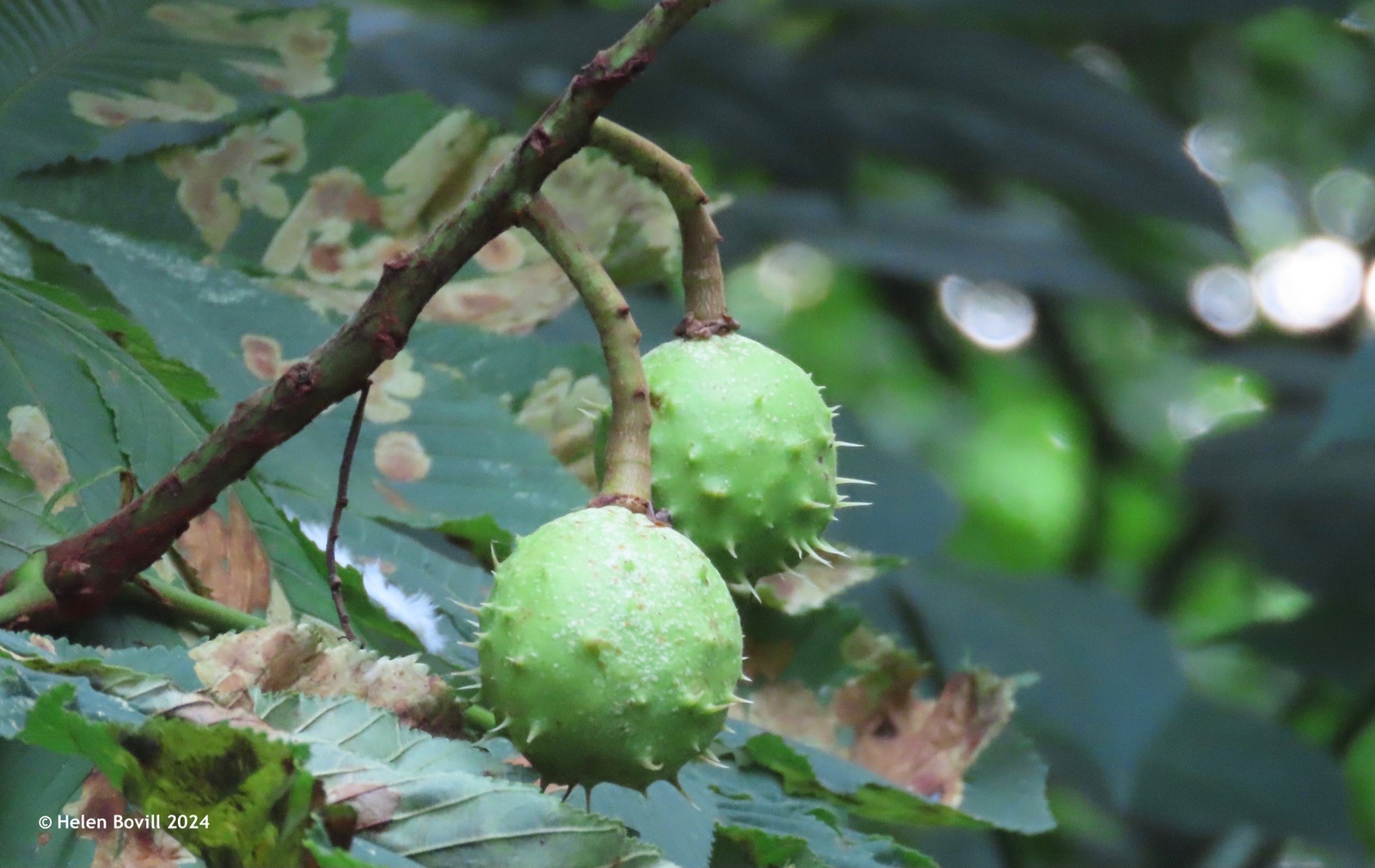
And at the bottom of one of the other trees in the cemetery, I found this small cluster of Fairy Inkcap mushrooms. Another source of food for the cemetery wildlife.
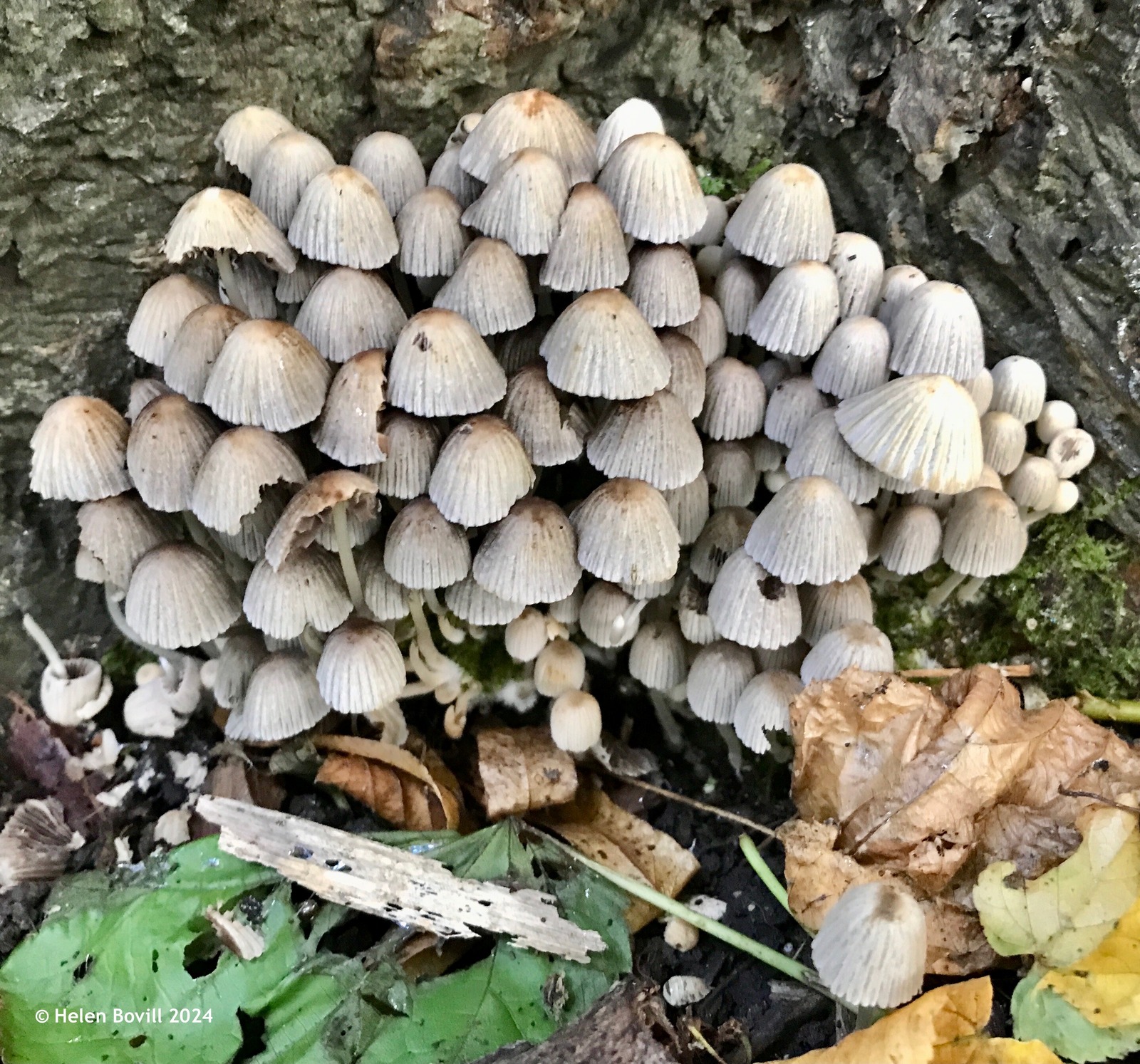
Birds
I don’t have anything unusual to report – all the regulars were present such as Blue Tits, Great Tits, a couple of Coal Tits, Robins, Wrens, Goldfinches, Blackbirds, Crows and Magpies. I also got a few quick glimpses of a male and a female Bullfinch. There’s a good population of Chaffinches spread throughout the cemetery. I also heard a Tawny Owl calling on several occasions.
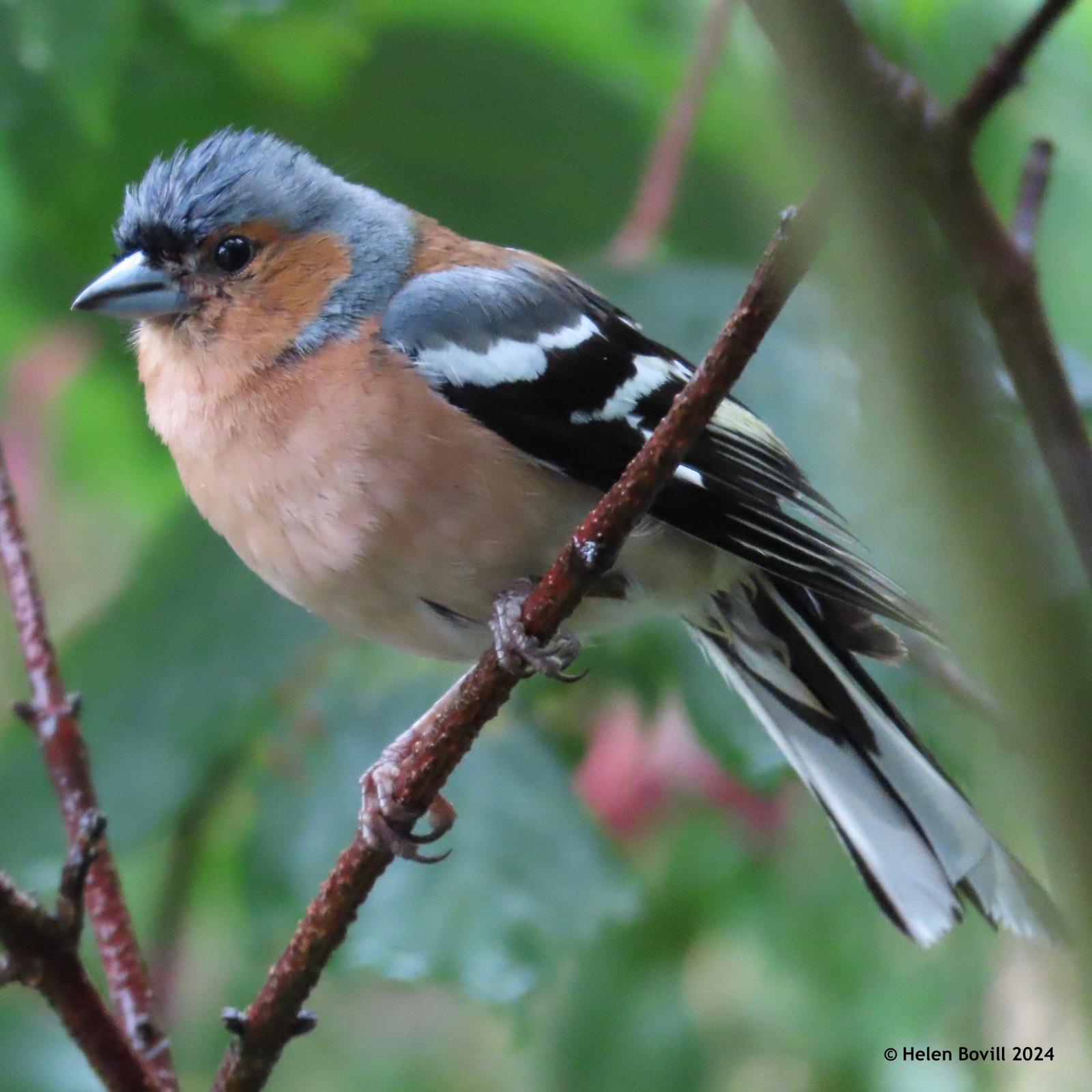
I also saw a Dunnock – I don’t see them every month as they blend in so well with their surroundings.
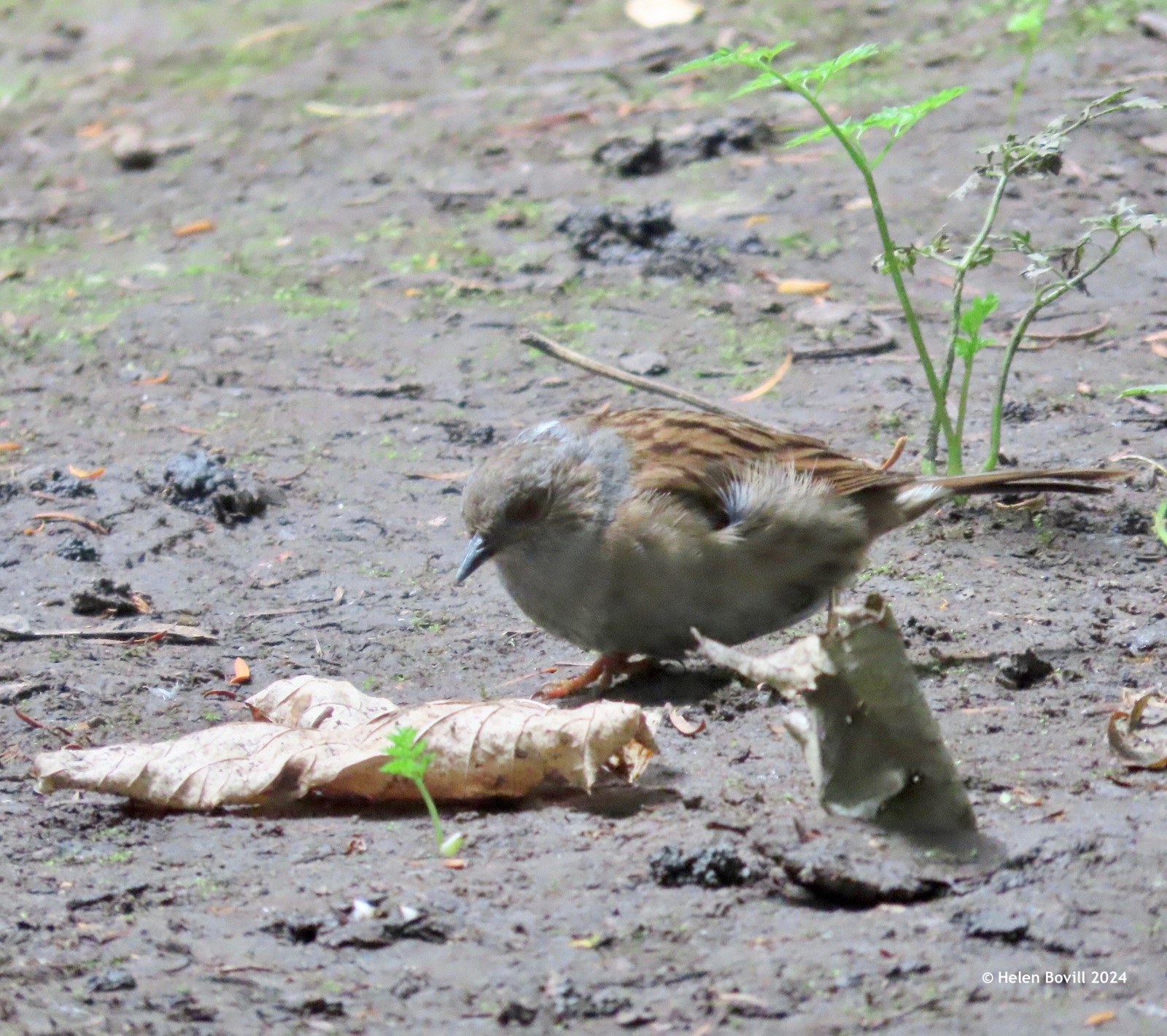
A Blackcap kept me entertained for a few minutes one morning – they have a beautiful (and loud) song.
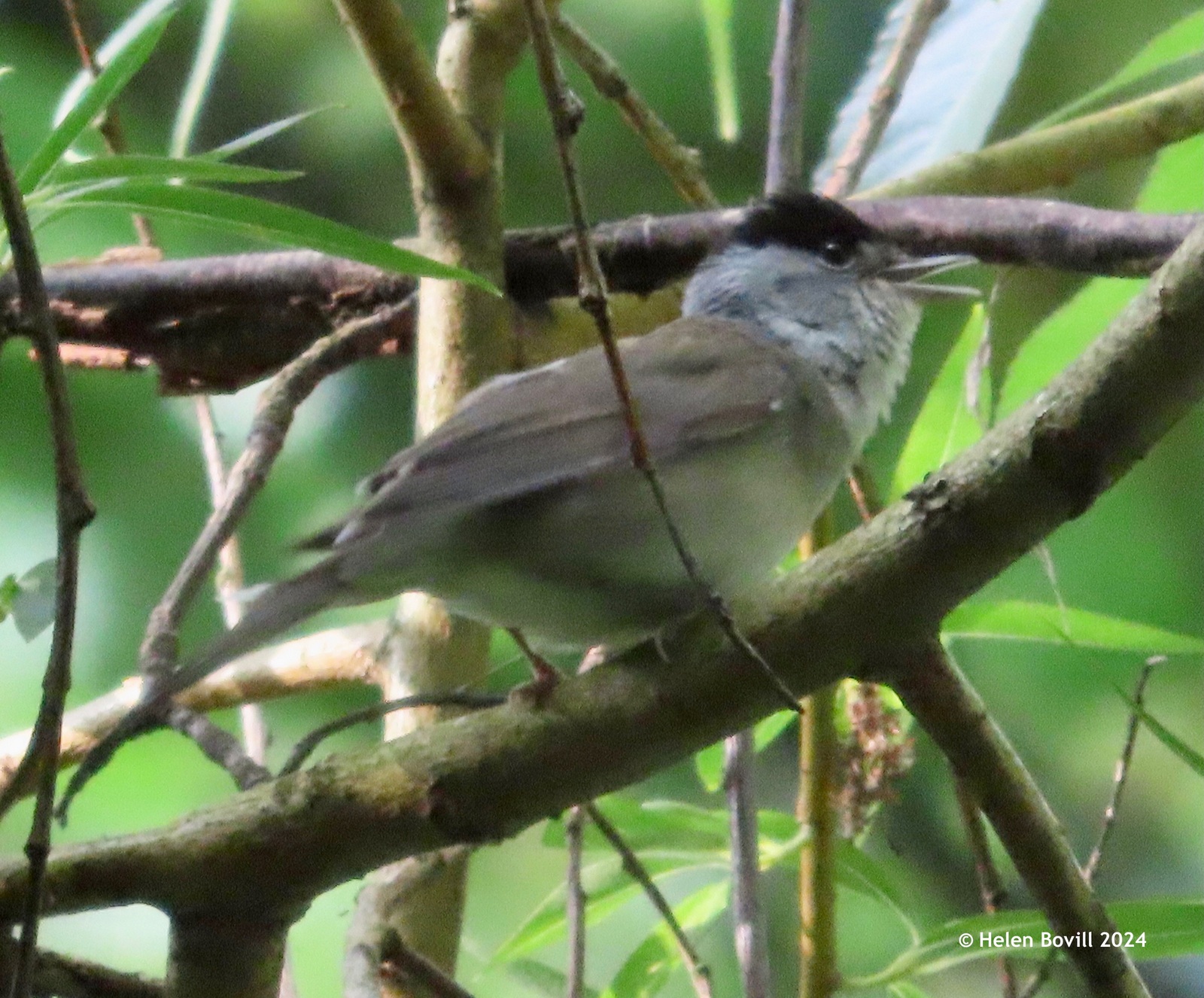
Wood Pigeons are the commonest of the larger birds. They can be heard noisily crashing through the branches high up in the trees.
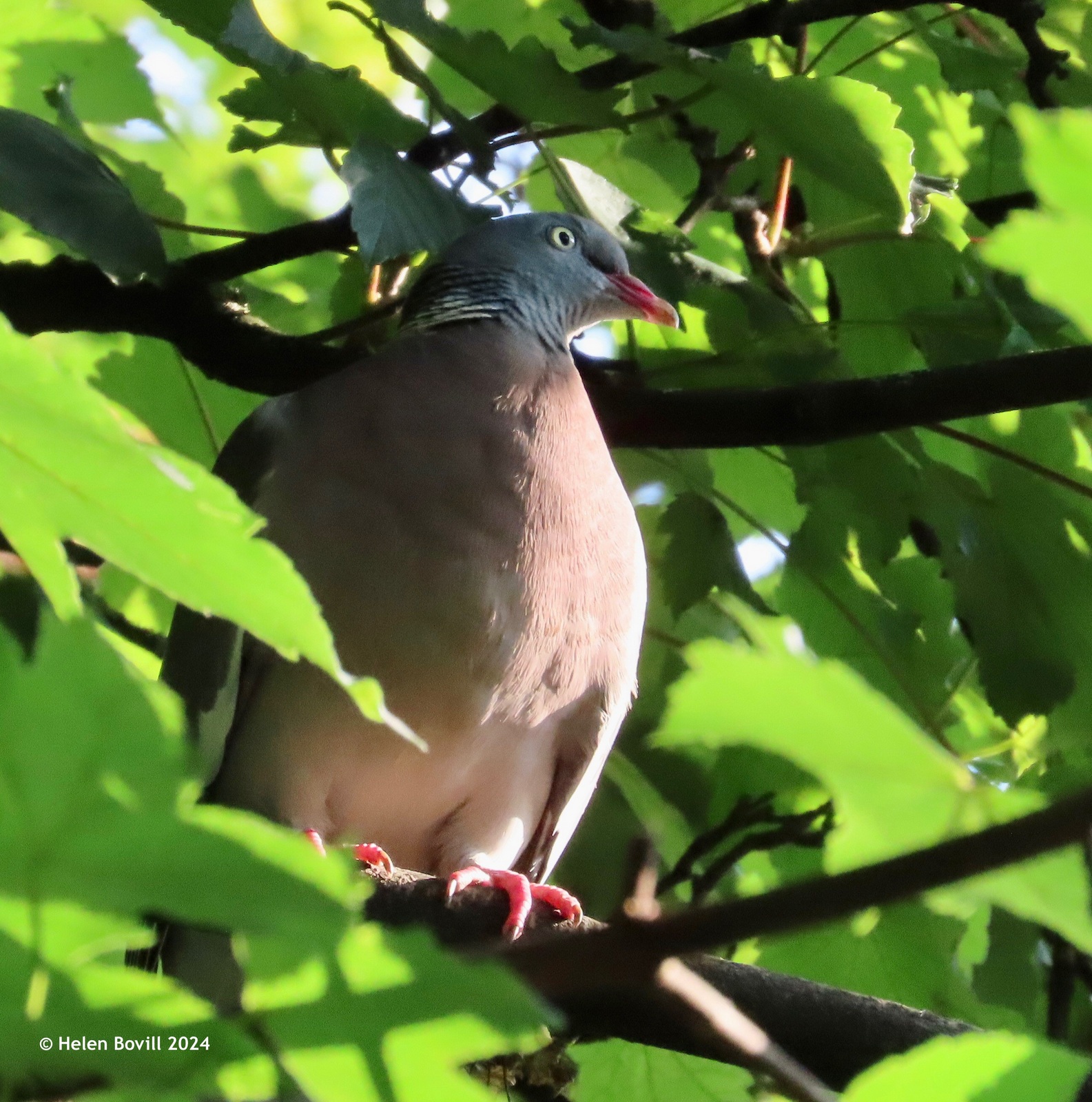
Mammals
I don’t often mention the mammalian branch of the cemetery wildlife simply because, with the exception of the squirrels, I don’t usually see it. So I’m happy to share these photos of a beautiful fox, courtesy of fellow volunteer Karen Towner.
This is a female, or vixen, and from the first photo it looks like she’s recently given birth. These photos actually date back to March but I decided not to share them at the time in order to give her the chance to raise her cubs without being disturbed. I think it’s fantastic that foxes find the cemetery a safe place to live. We always aim to manage the cemetery for wildlife as well as heritage and this is a good indication that we are managing to do just that.
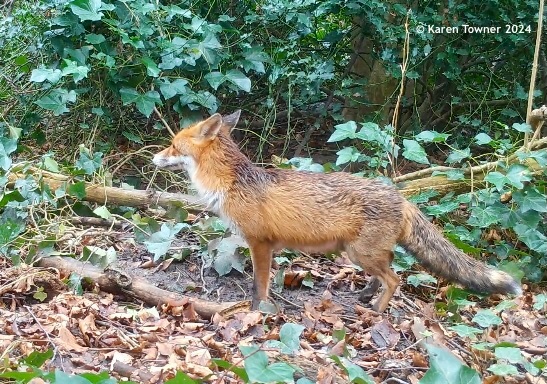
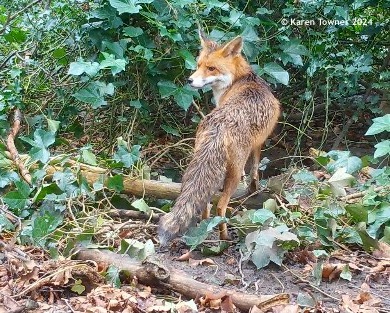
Conclusion
July was a quiet month in terms of the overall amount of cemetery wildlife that I saw. It started off cool and wet. But the month ended with some warmer, sunnier days and some almost dry footpaths. Let’s hope this continues into August.
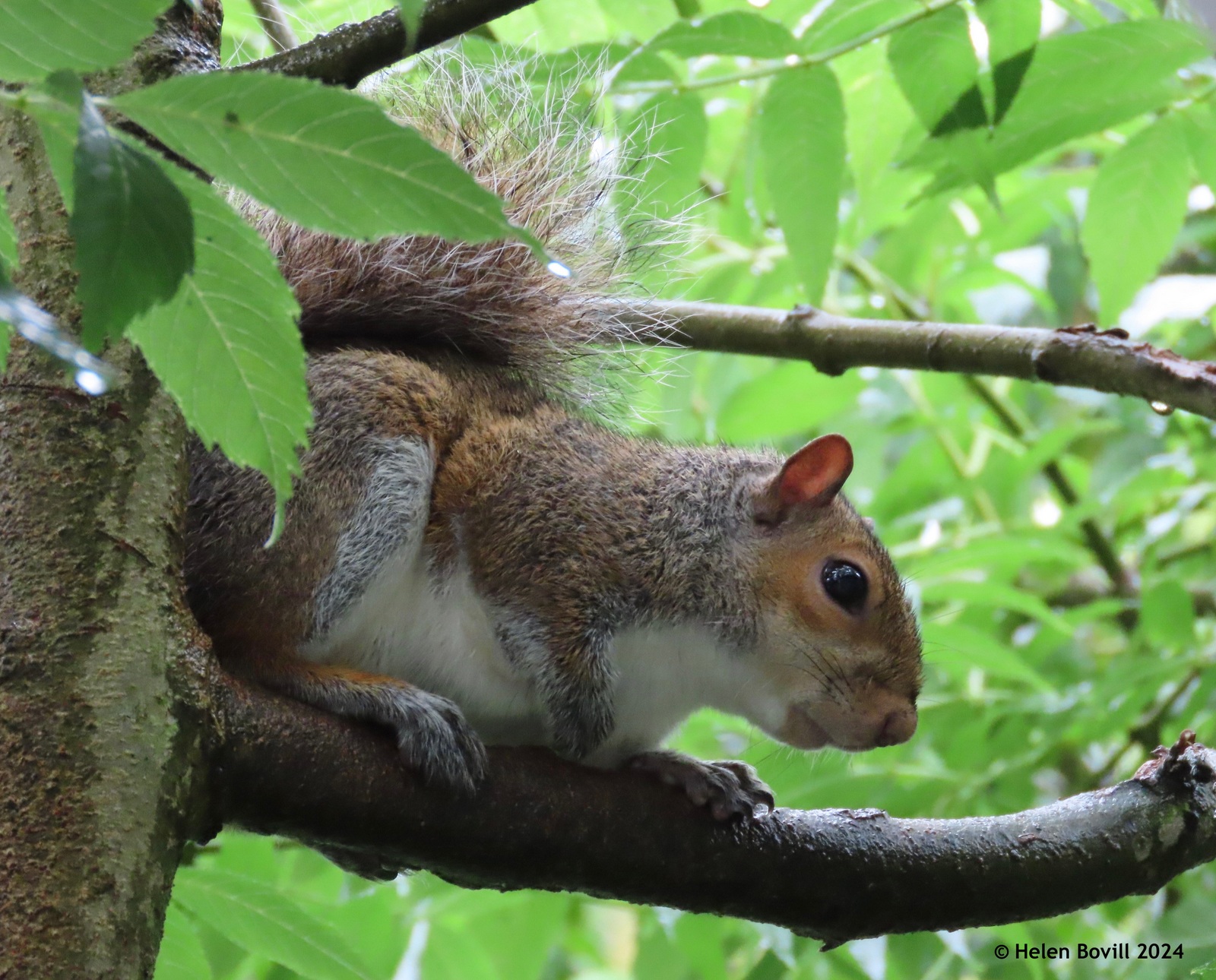
Link to Butterfly count:
Big Butterfly Count (butterfly-conservation.org)



Thanks Helen, good to have a monthly update of the cemetery’s wildlife.